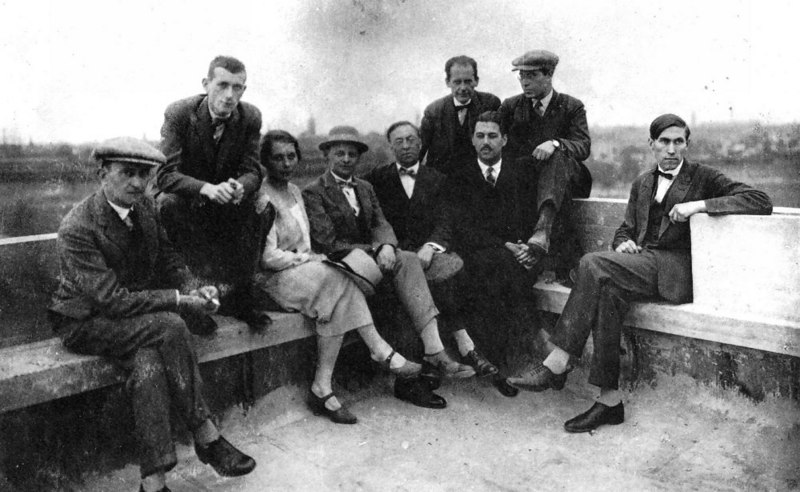
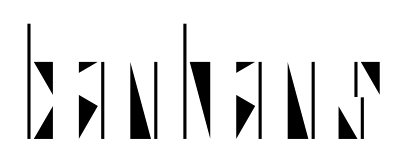
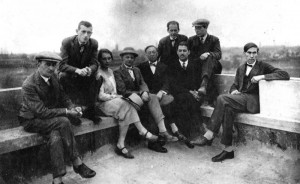
From left: Josef Albers, Marcel Breuer, Gunta Stölzl,
Oskar Schlemmer, Wassily Kandinsky, Walter Gropius,
Herbet Bayer, Lazslo Moholoy-Nagy, Hinnerk Scheper
The Bauhaus was the most influential modernist art school of the 20th century, one whose approach to teaching, and understanding art’s relationship to society and technology, had a major impact both in Europe and the United States long after it closed. It was shaped by the 19th and early 20th centuries trends such as Arts and Crafts movement, which had sought to level the distinction between fine and applied arts, and to reunite creativity and manufacturing.
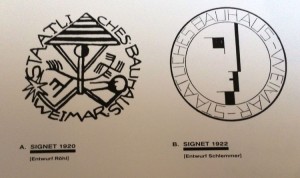
This is reflected in the romantic medievalism of the school’s early years, in which it pictured itself as a kind of medieval crafts guild. But in the mid 1920s the medievalism gave way to a stress on uniting art and industrial design, and it was this which ultimately proved to be its most original and important achievement. The school is also renowned for its faculty, which included artists Wassily Kandinsky, Josef Albers,László Moholy-Nagy, Paul Klee and Johannes Itten, architects Walter Gropius andLudwig Mies van der Rohe, and designer Marcel Breuer.
BAUHAUS KEY IDEAS
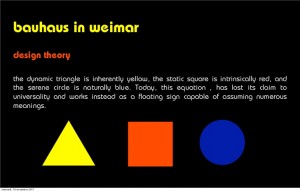
The motivations behind the creation of the Bauhaus lay in the 19th century, in anxieties about the soullessness of manufacturing and its products, and in fears about art’s loss of purpose in society. Creativity and manufacturing were drifting apart, and the Bauhaus aimed to unite them once again, rejuvenating design for everyday life.

The stress on experiment and problem solving at the Bauhaus has proved enormously influential for the approaches to education in the arts. It has led to the ‘fine arts’ being rethought as the ‘visual arts’, and art considered less as an adjunct of the humanities, like literature or history, and more as a kind of research science.
Source: http://www.theartstory.org/movement-bauhaus.htm






























